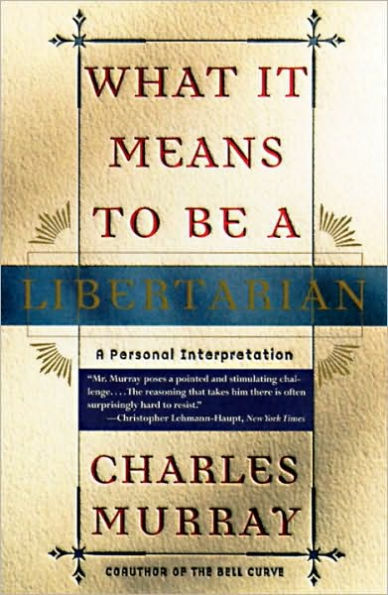Charles Murray believes that America's founders had it right--strict limits on the power of the central government and strict protection of the individual are the keys to a genuinely free society. In What It Means to Be a Libertarian, he proposes a government reduced to the barest essentials: an executive branch consisting only of the White House and trimmed-down departments of state, defense, justice, and environment protection; a Congress so limited in power that it meets only a few months each year; and a federal code stripped of all but a handful of regulations.
Combining the tenets of classical Libertarian philosophy with his own highly-original, always provocative thinking, Murray shows why less government advances individual happiness and promotes more vital communities and a richer culture. By applying the truths our founders held to be self-evident to today's most urgent social and political problems, he creates a clear, workable vision for the future.



